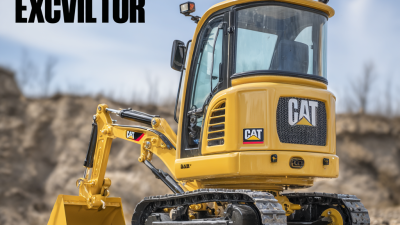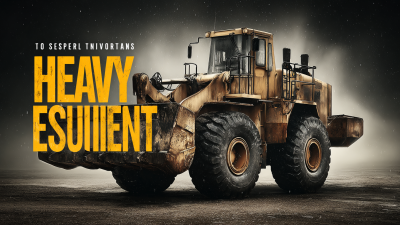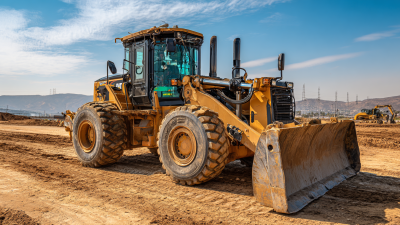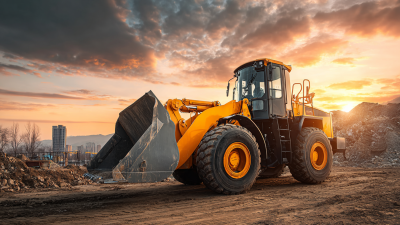Leave Your Message
- Phone
- E-mail
- Whatsapp
Choosing the right Caterpillar Mini Excavator for your next project is crucial for ensuring efficiency, productivity, and successful outcomes. With a variety of models and features available, selecting the most suitable excavator can be a daunting task, especially for those who may not be familiar with heavy machinery. This guide aims to simplify the decision-making process by providing key insights into what factors to consider when choosing a Caterpillar Mini Excavator. From evaluating project requirements and assessing machine capabilities to understanding optimal attachment options and maintenance considerations, we will cover all essential aspects that contribute to making an informed choice. Whether you are a contractor seeking to enhance your fleet or a DIY enthusiast embarking on a personal project, understanding how to select the right Caterpillar Mini Excavator will empower you to achieve your goals with confidence.
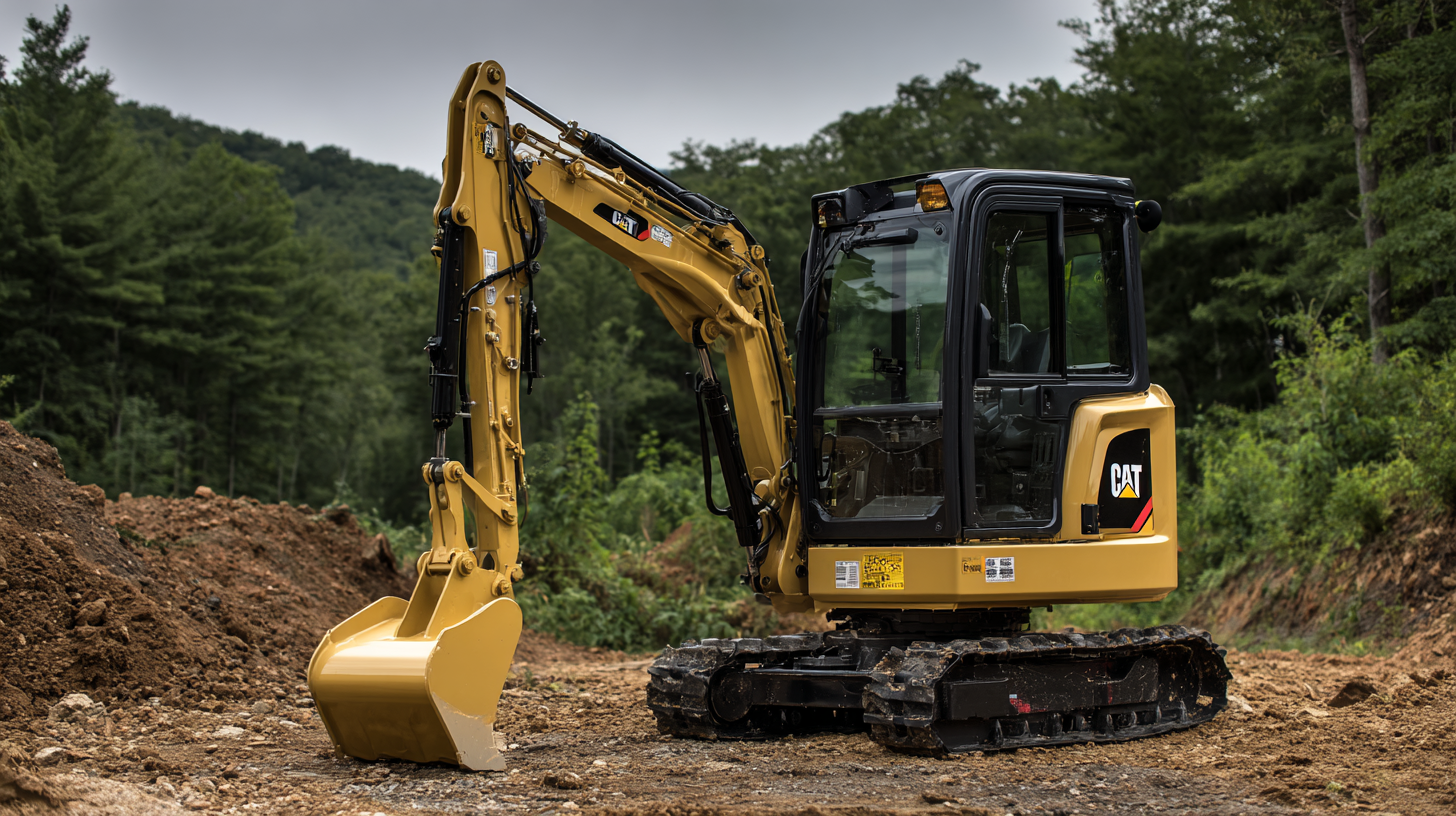
When selecting the right Caterpillar mini excavator for your next project, it's imperative to thoroughly understand your specific project requirements. Consider the scope of work involved: the type of terrain, the nature of the tasks (such as digging, grading, or demolition), and the space constraints of the job site. Different models of mini excavators offer varying capabilities in terms of digging depth, reach, and lifting capacity. By evaluating these elements, you can distinguish which model suits your needs best.
Another key factor in the selection process is understanding the weight and mobility of the mini excavator. If your project involves navigating through tight spaces or sensitive areas, a lighter, more maneuverable model may be necessary. Additionally, consider the power needs of the attachment implements you plan to use, as this can influence the size and model of the excavator required. By aligning the excavator's specifications with your project requirements, you'll ensure efficient operation and successful project completion.
| Excavator Model | Operating Weight (lbs) | Dig Depth (ft) | Engine Power (hp) | Max Reach (ft) | Ideal Applications |
|---|---|---|---|---|---|
| Mini Excavator A | 5,000 | 10 | 40 | 15 | Landscaping, Grading |
| Mini Excavator B | 8,000 | 12 | 50 | 16 | Utility Installation, Roadwork |
| Mini Excavator C | 10,000 | 14 | 60 | 18 | Construction, Demolition |
| Mini Excavator D | 12,000 | 16 | 70 | 20 | Site Preparation, Heavy Lifting |
When evaluating different models of Caterpillar mini excavators, it's crucial to consider your specific project requirements and working conditions. Caterpillar offers a range of models, each designed to handle varying loads and environments. For instance, the Cat 301.5 Mini Excavator is known for its compact size, allowing for efficient maneuvering in tight spaces, while the Cat 308E CR is favored for its increased lifting capacity and stability on uneven terrain.
**Tips:** Before making a decision, analyze the project scope. If you're primarily working in urban areas with limited space, opt for models with a narrower width. Conversely, for large-scale landscaping or demolition, focus on models offering larger buckets and extended reach capabilities.
Another critical factor to consider is the excavator's hydraulic performance. Modern models, such as the Cat 302.7 CR, boast advanced hydraulic systems that enhance digging precision and speed. According to industry data, projects using advanced hydraulic mini excavators can increase productivity by 20% or more.
**Tips:** Always check the flow rates and pressure specifications of each model to ensure they meet your operational needs. Performing on-site assessments with various models can also help you determine the best fit for your tasks.
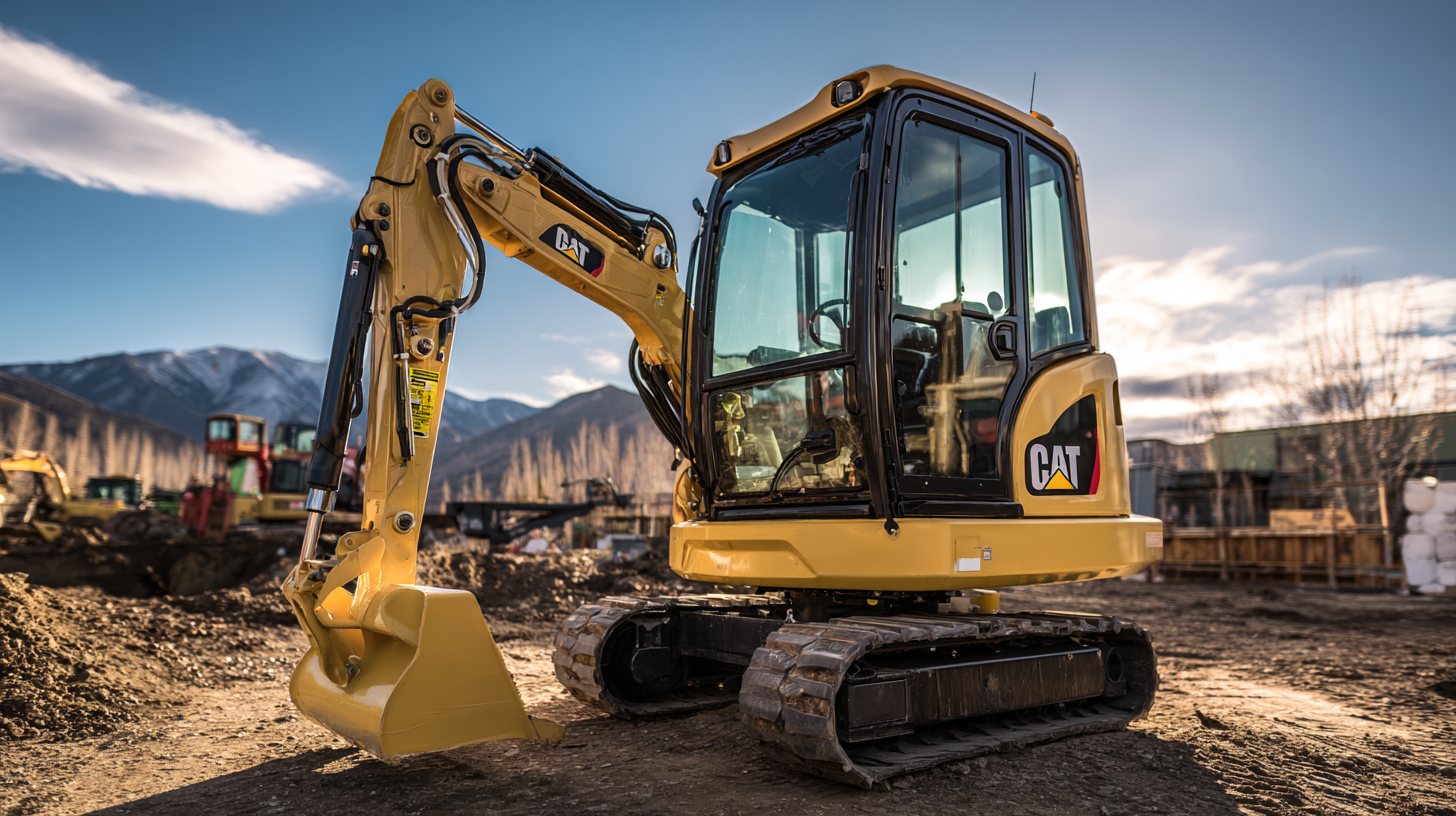
When selecting the right Caterpillar mini excavator for your next project, understanding key specifications is crucial for maximizing efficiency and performance. One primary specification to consider is the operating weight of the excavator. According to a report by the Association of Equipment Manufacturers (AEM), mini excavators typically range from 1,500 to 10,000 pounds, with the weight determining lifting capacity and stability. For lighter tasks or confined spaces, a model at the lower end of this spectrum may suffice, whereas heavier models offer greater power for demanding applications.
Another critical factor is the digging depth and reach, which plays a vital role in the excavator's versatility. Caterpillar mini excavators generally offer digging depths between 5 to 12 feet. A report by Construction Equipment states that models like the Cat 303.5E CR can reach depths of 10 feet while providing a digging force of over 4,000 pounds. This makes them ideal for both residential landscaping projects and more intensive site preparation tasks. Additionally, considering the hydraulic flow rate is essential, as it affects the performance of attachments such as augers or grapples, ensuring that the excavator can meet various job demands efficiently.
When considering the purchase of a Caterpillar mini excavator, assessing your budget and financing options is crucial. Determine how much you can allocate for your project, keeping in mind additional costs like maintenance, insurance, and operational expenses. Establishing a clear budget will help narrow down your choices and prevent overspending.
**Tip:** Explore various financing options such as loans, leases, or even financing through construction equipment dealerships. Each option comes with different terms, interest rates, and payment structures, so it's essential to evaluate which aligns best with your financial situation.
Additionally, don't overlook the potential for used or refurbished mini excavators. They can be a budget-friendly alternative, offering significant savings while still meeting project specifications. Research reputable dealers who provide warranties and maintenance plans to ensure you're making a wise investment.
**Tip:** Always factor in potential resale value when choosing a mini excavator. Models known for their reliability and performance will retain their value better, providing a useful advantage when it comes time to upgrade or sell.
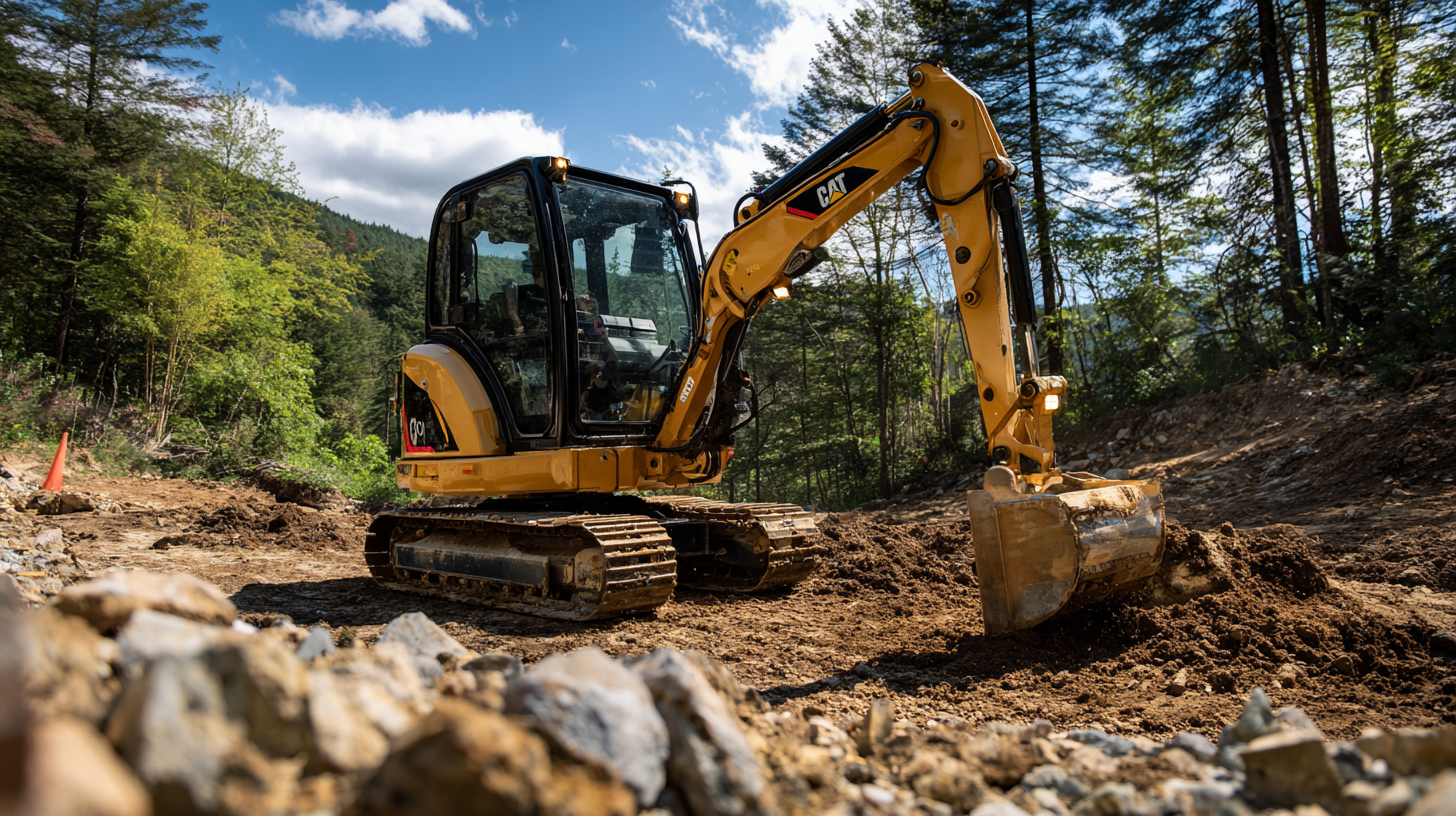
When it comes to ensuring the longevity of your mini excavator, maintenance and support are crucial. Regular maintenance not only enhances performance but also extends the lifespan of your equipment. For instance, addressing the top maintenance issues—like checking fluid levels, inspecting hydraulic systems, and keeping a close eye on wear parts—can significantly reduce downtime. Implementing a preventive maintenance plan will help you stay ahead of any potential problems.
**Tips**: Always keep a maintenance log for your excavator to track service intervals, and invest in quality replacement parts. This proactive approach minimizes the risk of major repairs. Additionally, using advanced technology, such as telematics, can provide real-time data on the operational status of your excavator, ensuring you won't miss key maintenance intervals.
Moreover, understanding the specific requirements for your mini excavator model is essential. Regularly consult the manufacturer's guidelines for maintenance checks and adjust your service schedule according to the intensity of usage. By being diligent with these practices, you can ensure that your mini excavator remains a reliable asset for all your construction projects.
This bar chart illustrates the frequency of various maintenance tasks required to ensure the longevity of your mini excavator over a 12-month period.
